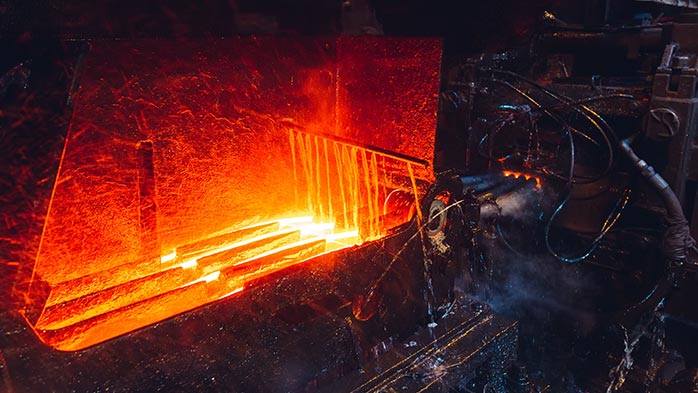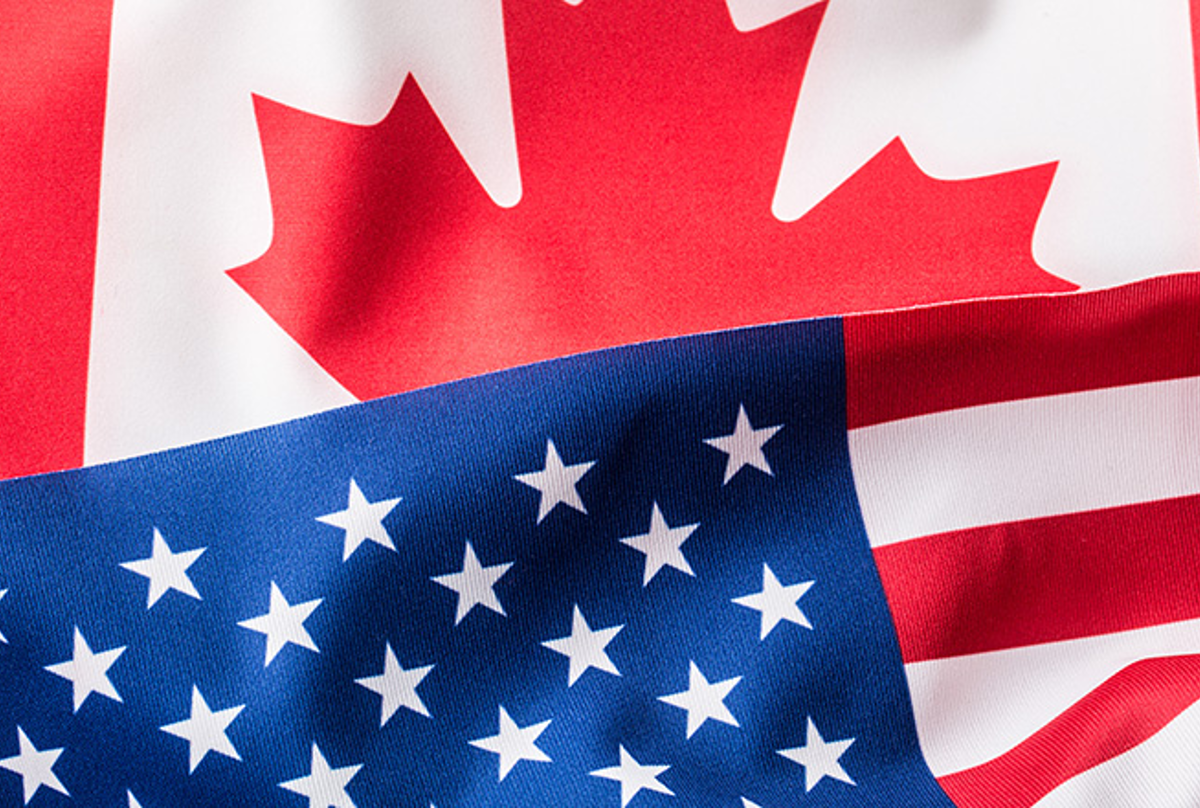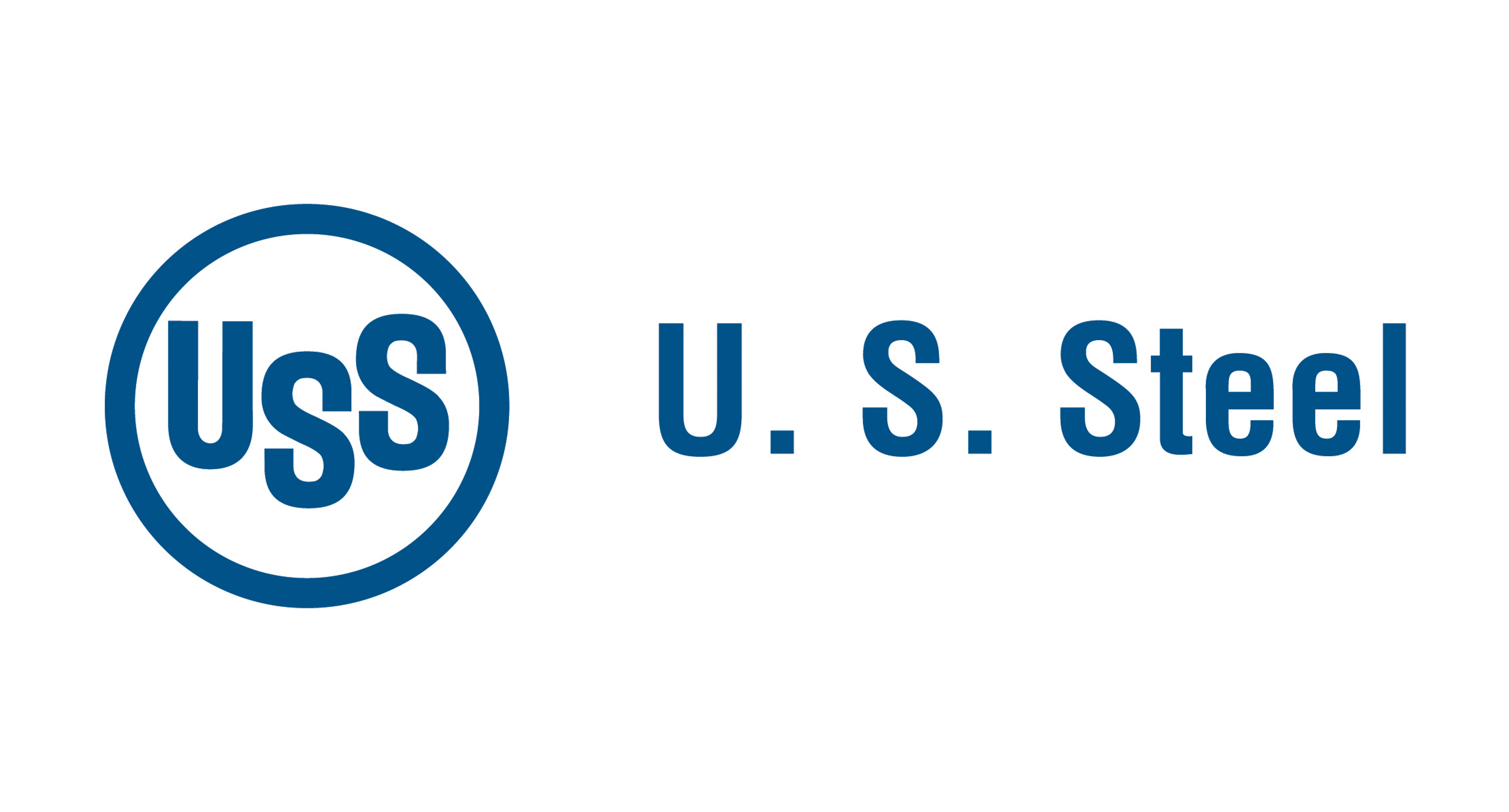Government/Policy

August 15, 2021
Leibowitz on Trade: Capacity Utilization and Trade Management
Written by Lewis Leibowitz
Over the last week or so, statistics have emerged about the surge in capacity utilization of the steel industry in the United States. Since Jan. 1, the American Iron and Steel Industry reports, domestic steelmakers have operated at a capacity utilization rate of 80.1%. In the most recent week reported, ending Aug. 7, capacity utilization was 84.8%, slightly down from 85.0% one week earlier. The capacity utilization has exceeded 80% continuously since late May.
On Aug. 10, the Senate passed the bipartisan infrastructure bill, a landmark compromise on the subject that portends a great deal of government and private spending on roads, bridges, airports and other public spaces. Demand for steel in those sectors promises to expand as these projects move forward.
Given these hopeful signs, the question naturally arises whether the steel tariffs imposed in 2018 are still needed. It will come as no surprise to readers that I thought they were not needed when they were imposed and have done more economic harm than good. But what really matters is the evidence. Each of us must judge which facts are more or less important in this analysis. I welcome debate on which set of facts is most relevant to the decision whether to continue these tariffs.
First, the tariffs’ principal rationale was the need to maintain steel industry “capacity utilization” at a rate of 80% or more. That rate has been exceeded for 2021. In 2020, of course, capacity utilization was much lower due to the pandemic. The Commerce Department reported 2020 capacity utilization at 68.9% last year. So, if capacity utilization won’t decrease due to reduced demand (infrastructure will tend to increase demand, and private demand is likely to remain strong in the short term), the maintenance of the 80% figure seems likely.
It is possible to be misled by bad information. Capacity utilization is not the only way to gauge the health of an industry, and may not be a fair measure of the health of the steel industry. Capacity utilization is a percentage obtained by dividing production by the capability of producers. The assumptions needed to obtain the denominator of this fraction (the divisor) are many and require subjective judgments. The Wall Street Journal, among others, has pointed out that “capacity” includes plants that have been closed for years and are unlikely ever to reopen. “Production” is an estimate based on a survey (unaudited) of about half the mills in the country. These are inexact numbers. Policy decisions that affect people’s jobs deserve more precision.
Other metrics, such as the average age of steel mills in this country compared to others, may be more appropriate to guide policymakers in deciding how to prepare for the future. Based on that metric, the domestic steel industry, particularly the blast furnace sector, needs to modernize. Some of that is happening, but the physical plant of U.S. producers remains behind other major countries.
Another issue is whether the Section 232 tariffs are necessary to maintain 80% capacity utilization, assuming capacity utilization is the right metric. This is a complex question. The purpose of the tariffs was to make domestic steel more competitive with imports. It certainly has done that; the 25% surcharge on imports means that domestic prices can be higher and still compete on an equal basis with imports.
But those tariffs also cause a good deal of damage to downstream industries, which tends to reduce demand from what it could be. Eventually, when U.S. manufacturers come to decide where it is best to produce, they could make a decision to leave the United States because of the price of their production inputs here. The Section 232 tariffs will make it harder for U.S. manufacturers to remain here.
The tariffs also exempt some countries, notably Canada, Mexico and Australia. Other countries (such as South Korea, Brazil and Argentina) are subject to quotas rather than tariffs. But the quotas can fill, leaving customers with no access to imports from these countries.
In addition, there are product exclusions, which play a larger role in tariff application than many people realize. There have been nearly half a million exclusions applied for and most of them have been approved (about 70%). So, where domestic products are not truly competitive with imports, there is relief available. This tends to lessen, but certainly does not eliminate, the downstream harm to manufacturers in the U.S. from the Section 232 tariffs.
The effective tariff for steel products is clearly below 25%. According to official import statistics, the effective tariff rate for the steel chapter (Chapter 72) of the Harmonized Tariff Schedule, dividing total duties by the value of imports, went from a high of 7.2% in 2019 to 3.9% in the first half of 2021, not the 25% advertised. But even this is misleading. For a customer that needs a certain steel product and cannot claim an exclusion or exemption, the tariff paid is 25%. That will make the manufacturer uncompetitive.
On balance, it is not easy to prove that maintaining the tariffs is necessary to keep capacity utilization above 80%; as Yogi Berra famously said, “It’s tough to make predictions, especially about the future.” The only way to find out the relationship between capacity utilization and the Section 232 tariffs is to remove them and see what happens.
Additionally, many will argue that the tariffs cannot and will not last forever; the steel industry needs to prepare for the day when it must compete with imports straight up. The time-limited nature of tariffs is due to political and legal uncertainties such as court cases, which at the present time have been trending in the government’s favor. That may not last, because very few cases have reached a final decision.
Also consider the negotiations with the European Union and the UK about the Section 232 tariffs. By the end of 2021, tariffs on steel from these important sources may be gone. Other countries will lobby harder for similar treatment, claiming that they are not “national security” threats. As we have seen, since 2017 the idea of open trade and free markets has been in decline. We may see the Section 232 tariffs replaced by some form of government-regulated trade, including quotas that may be more disruptive than tariffs. Antidumping and countervailing duties will remain available also.
I look forward to discussing these and other issues with my friend Kevin Dempsey, the current president of the American Iron and Steel Institute, at the Steel Market Update Steel Summit on Aug. 23 in Atlanta. The future of trade will be our topic, and it will certainly be of interest to the steel sector.
Lewis Leibowitz
The Law Office of Lewis E. Leibowitz
1400 16th Street, NW, Suite 350
Washington, D.C. 20036
Phone: (202) 776-1142
Mobile: (202) 250-1551
E-mail: lewis.leibowitz@lellawoffice.com







